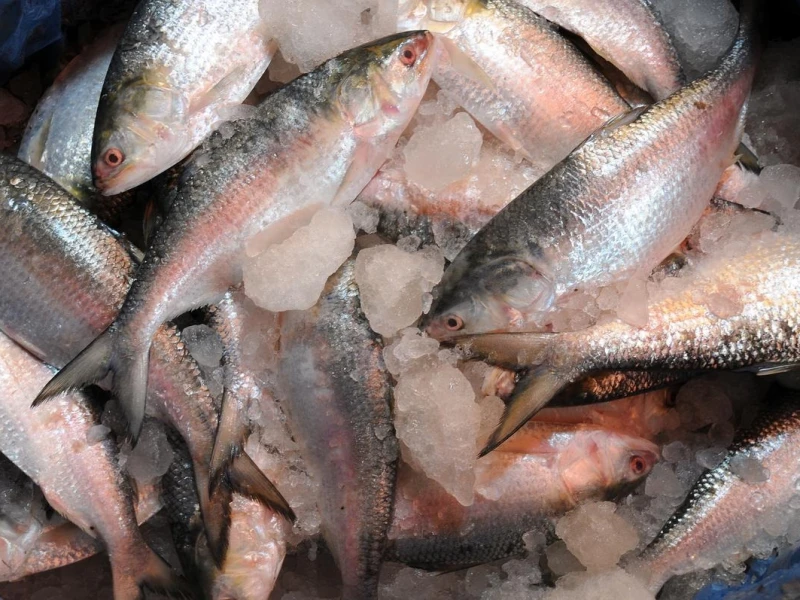To protect brood hilsa during the peak spawning season, the government has imposed a 22-day nationwide ban on catching, transporting, marketing and storing hilsa from October 4 to 25 this year.
Fisheries and Livestock Adviser Farida Akhter announced the decision at a press conference on Monday at the ministry, while unveiling the “Mother Hilsa Conservation Campaign 2025” and discussing the availability, harvest, prices and export situation of hilsa.
The decision has been taken based on scientific assessments of the breeding season to ensure safe spawning of hilsa,” she said.
The key spawning period runs from October 4 to 25 (19 Ashwin to 9 Kartik 1432), covering the four days before the full moon and three days after the new moon, she added.
Adviser Farida said the campaign will be enforced by fisheries officials along with the Navy, Air Force, Coast Guard, river police and other law enforcement agencies.
To support affected fishermen, the government will distribute Vulnerable Group Feeding (VGF) rice among 620,140 fishing households across 165 upazilas in 37 districts. Each family will receive 25 kg of rice, requiring a total of 15,503.50 metric tonnes for the programme.
Fishing trawlers intruding from outside the marine boundaries will be strictly controlled, and river dredging will remain suspended during the ban. Catching hilsa will remain completely prohibited across seas, coastal areas and river estuaries for 22 days,” she added.
According to research by the Bangladesh Fisheries Research Institute (BFRI), the 2024 ban enabled 52.5% of brood hilsa to spawn safely, adding an estimated 44.25 billion juvenile hilsa (jatka) to the population. These juveniles will mature into full-grown hilsa in the coming years.
However, hilsa harvests have declined nearly 10% over the past five years, with continuous reductions reported from 2020–21 to 2024–25.
Although a nationwide jatka fishing ban ended in mid-June this year, the expected surge in market supply did not materialize, the adviser noted.
Department of Fisheries data show hilsa harvests in July and August were down by 33.20% and 47.31% respectively compared to 2024. Total output during the two months stood at 35,993.50 metric tonnes—22,941.78 tonnes or 38.93% less than the same period last year.


-1759147391.webp) Prev Post :
Prev Post :
